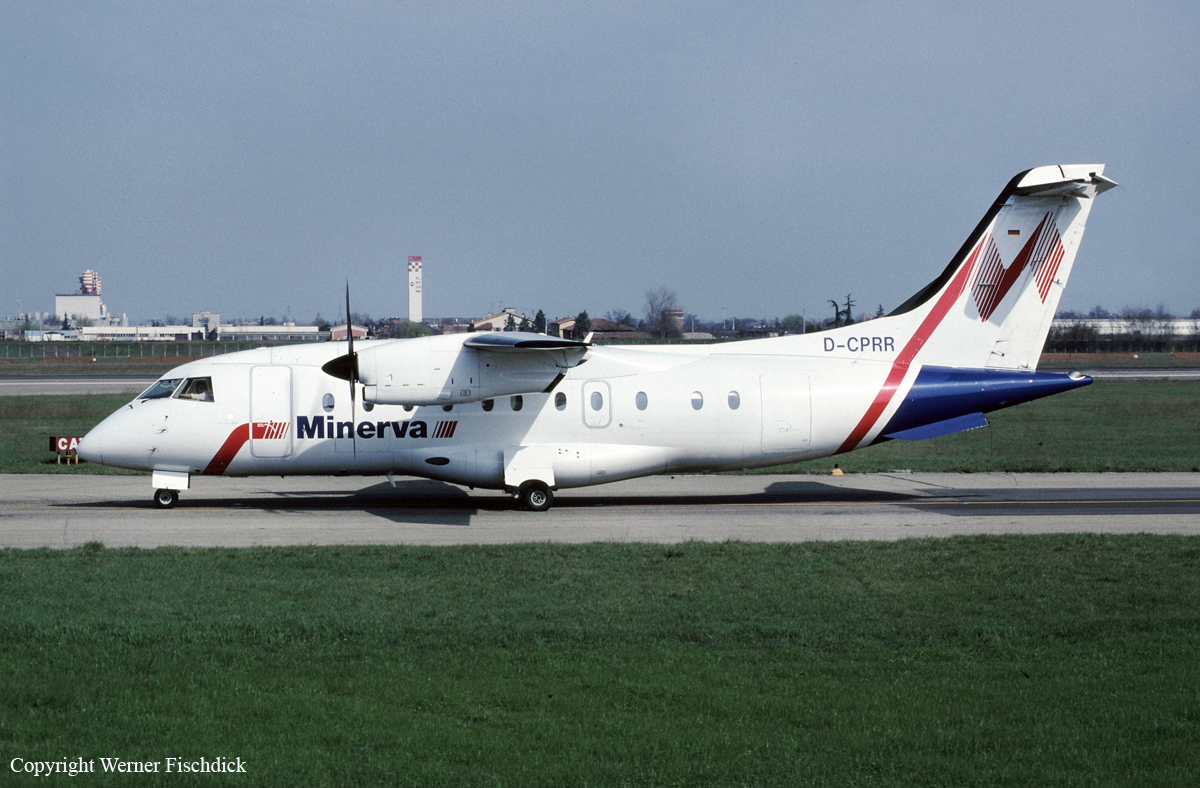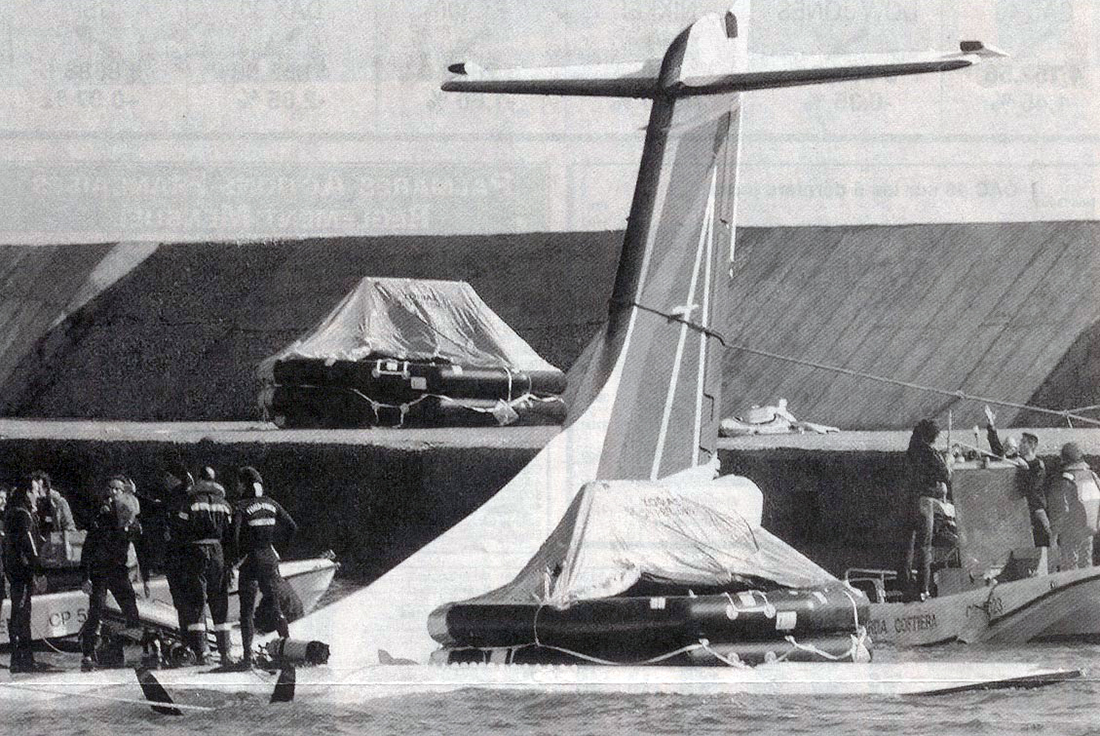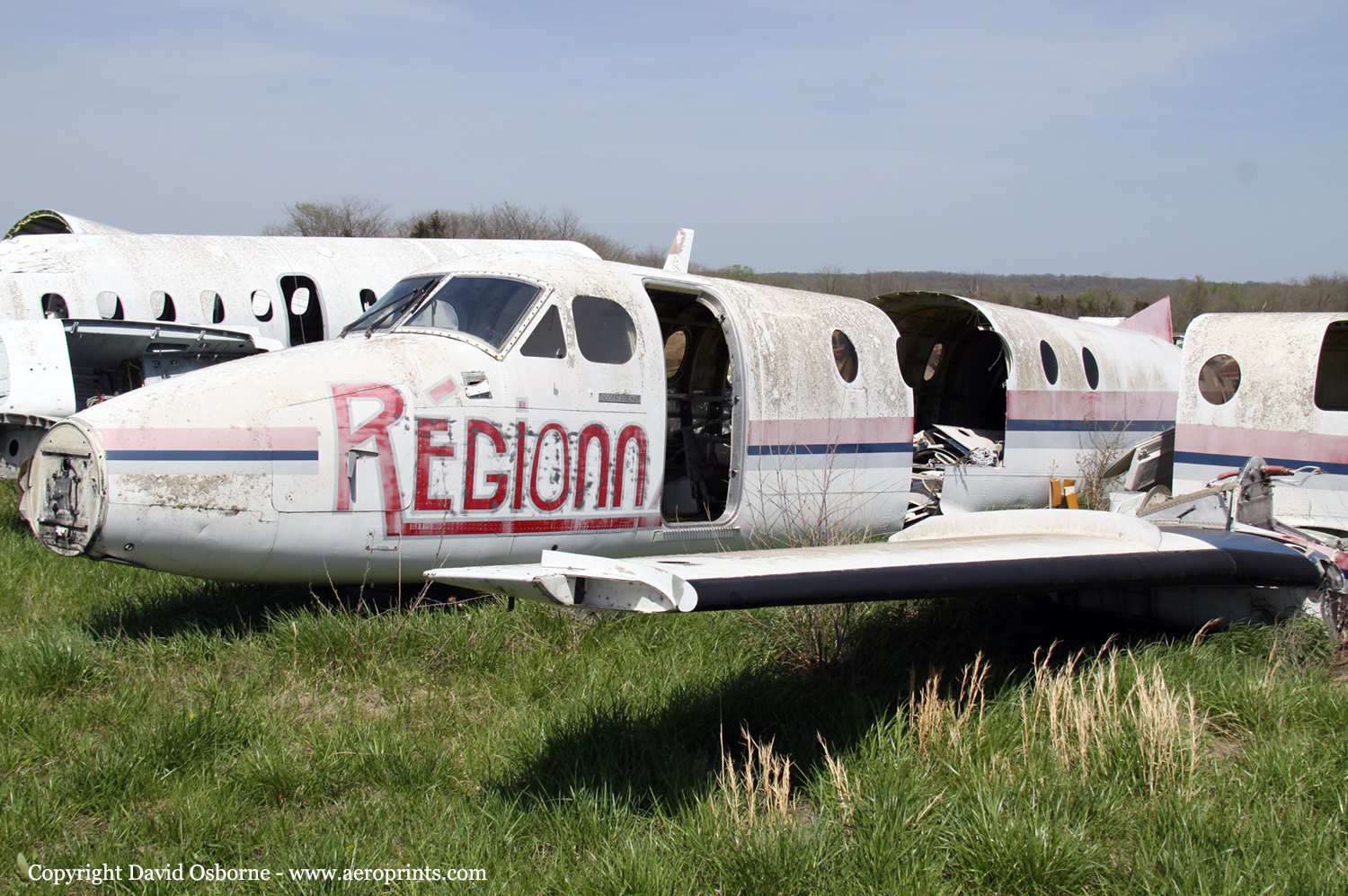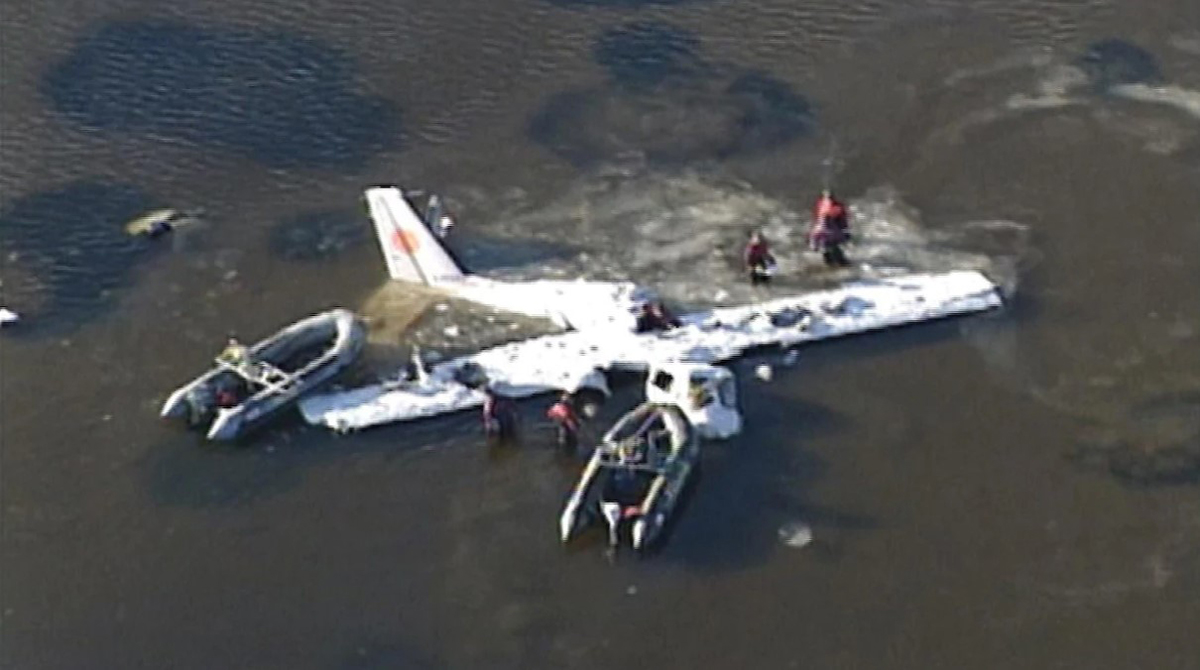Crash of a Rockwell Aero Commander 500B off Nassau: 1 killed
Date & Time:
May 12, 1999 at 0859 LT
Registration:
N6138X
Survivors:
No
Schedule:
Miami - Nassau
MSN:
500-927-10
YOM:
1960
Crew on board:
1
Crew fatalities:
Pax on board:
0
Pax fatalities:
Other fatalities:
Total fatalities:
1
Circumstances:
The flight was on approach, and the pilot was in radio contact with approach control. For unknown reasons the pilot performed a 360-degree turn, without permission from the controller, and was then vectored to a different runway. After acknowledging the clearance to the new runway, the controller lost all contact with the flight. None of the radio communications indicated that the pilot was having mechanical or medical problems. A search was initiated by air and a debris field was located. Five yellow life jackets, 1 six man life raft, several unidentified pieces of white and gold airframe were recovered. The pilot and the wreckage were never recovered from the water. At the time of the accident the pilot's license had been suspended by the FAA.
Probable cause:
An in-flight collision with water for undetermined reasons, due to the wreckage never being recovered from the water.
Final Report:












